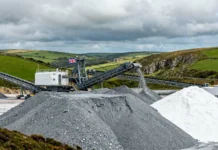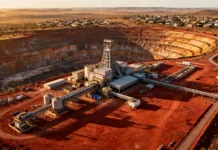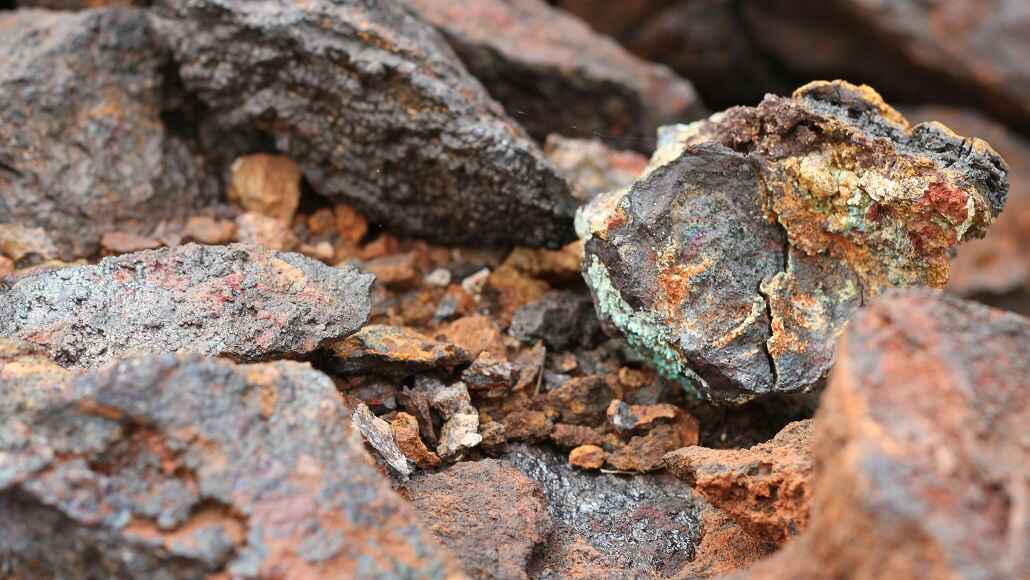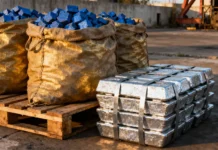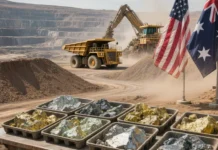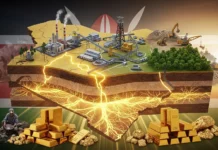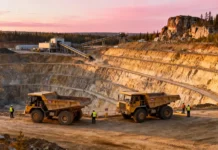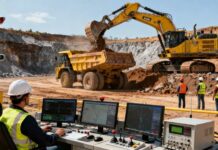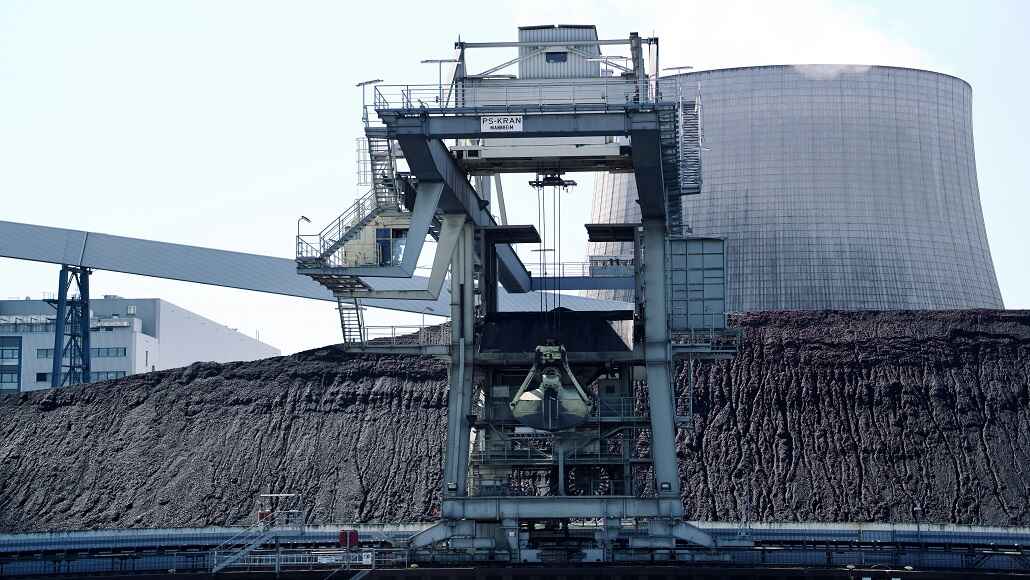Long a major source to air pollution and climate change is mining. Jane Marsh describes how the coal sector can find chances to become sustainable as a renewable energy future looms large.
The world is starting a massive shift from fossil fuels to renewable energy, and with it, attempts to make dirty activities greener. Particularly mining has a bad name for creating environmental damage and is a major factor behind climate change. To lower emissions, the coal sector must so turn to decarbonisation and the application of innovative technologies.
Coal mining’s effect on emissions
Underground coal mining produces 36.5 million real cubic feet of methane, or almost 17 549 t of CO2e yearly. Conventional extraction techniques rely on fossil fuels, so aggravating greenhouse gas emissions.
For power-intensive operations such crushing, grinding, blasting, and smelting as well as transportation, miners frequently use heavy equipment including excavators, drilling rigs, diesel-powered trucks, and more. Their use of explosives to reduce mountaintops in the Appalachian Mountains likewise results in significant emissions and air pollution.
Possibilities and difficulties in reducing coal-based emissions
Decarbonisation of mining will help the coal sector lower its carbon footprint and advance the acceptance of renewable energy. Similarly, together with clean-powered machinery, carbon capture and storage (CCS) technologies offer various chances for resource economy and sustainability.
Implementation presents certain difficulties, of course, including opposition from coal workers worried about unemployment. The US lost 43% of coal mining employment between 2011 and 2016, leaving over 40 000 out of work – a development ascribed to the alternative energy sector.
Although 30 to 50% of heavy equipment running expenses are related to fuel, investing in more efficient technologies and infrastructure is costly. Logistically, CCS systems at mining sites also provide challenges including site fit for long-term carbon sequestration and pipeline CO2 transit, as well as land use needs.
Technologies and best practices defining mining’s course forward
With artificial intelligence, machine learning, real-time monitoring, sophisticated sensors, and automation driving green mining looks bright. Therefore, new methods and technical advancements help to best lower mining emissions.
Replace diesel-powered conveyances and equipment with autonomous cars and robotics since mining is power-intensive to significantly reduce hazardous petrol emissions and provide safer working conditions. Moreover, enhancing efficiency, resource use, and decision-making is real-time data collecting and analytics.
Particularly addressing methane seepage and the possibility for catastrophic explosions is the extraction of coalbed methane from coal seams utilising extraction systems, CCS technology, and other gas recovery methods. Using methane trapped within coal mines as an electricity source, CCS runs mining activities. Currently using this green mining technology to lower its greenhouse gas emissions is the Zhundong coalfield in Xinjiang Province of China.
Reducing industry emissions depends also on restoring degraded land following mining. Reclaiming mines and introducing fresh vegetation helps the coal industry restore the potential for regional carbon sequestration.
Now is the moment to tidy coal mining sites.
Even if coal’s share in the energy mix is declining, its importance persists notably given the slow acceptance of renewable power. The coal mining sector should turn towards decarbonisation projects for more sustainable and extended output instead of resisting change.┬Ā



